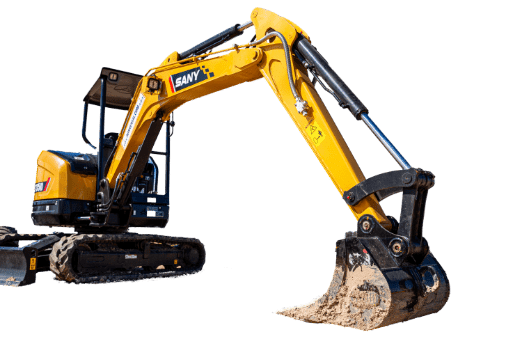Your choice between a backhoe and mini excavator can affect your construction project’s success a lot. These machines are great at digging but have different sizes, weights, and capabilities.
What to know about backhoes vs mini excavators (The TL;DR)
Before you choose equipment, here are the main points:
- Backhoes combine a front loader and a rear digging arm. They weigh 15,000-16,000 pounds. They can dig and handle materials for larger or multi-acre projects.
- Mini excavators have a compact tracked design for stability. They can rotate 360 degrees and work best in tight spaces, urban areas, and on delicate or sloped terrain.
- Backhoes can drive between job sites and lift more. They have higher horsepower (70-90 hp). Mini excavators save fuel and offer precision digging in smaller areas.
- Choose a backhoe for projects that need both digging and moving materials. They are great for fast mobility between locations with enough space to maneuver.
- Mini excavators have lower lifting force and less universal attachment compatibility. However, they often match or exceed backhoe digging depth and are easier to operate in restricted spaces.
This summary explains key design and performance differences so you can match the right machine to your project needs without overcomplicating your decision.
What is the difference between a backhoe and a mini excavator?
The main difference between backhoes and mini excavators is their structural design. A backhoe combines a tractor with a front loader bucket and a rear-mounted digging arm. Mini excavators focus on precise digging with a single excavator arm that can rotate 360 degrees.
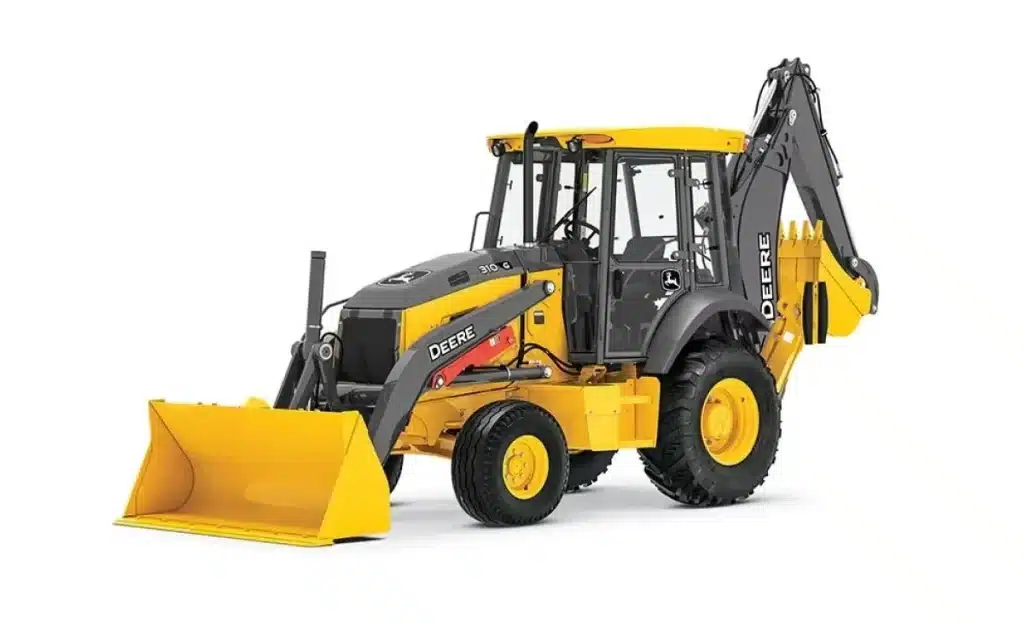
Most backhoes weigh 15,000-16,000 pounds and can dig 13-15 feet deep. These machines run on rubber tires with 20-100 HP engines and need a good amount of space to work. The machine’s design lets operators dig with the rear bucket while using the front loader to clean up and place materials. Mini excavators are compact tracked machines that weigh between 2,000-18,000 pounds. Many models can dig 10-20 feet deep even though they are smaller in size. The tracked design gives them great stability on different terrains. However, you’ll need a truck and trailer to move them between job sites instead of driving them directly.
When to use a backhoe vs mini excavator
Your choice of equipment can make or break a project’s success. The right pick depends on your project needs and available workspace.
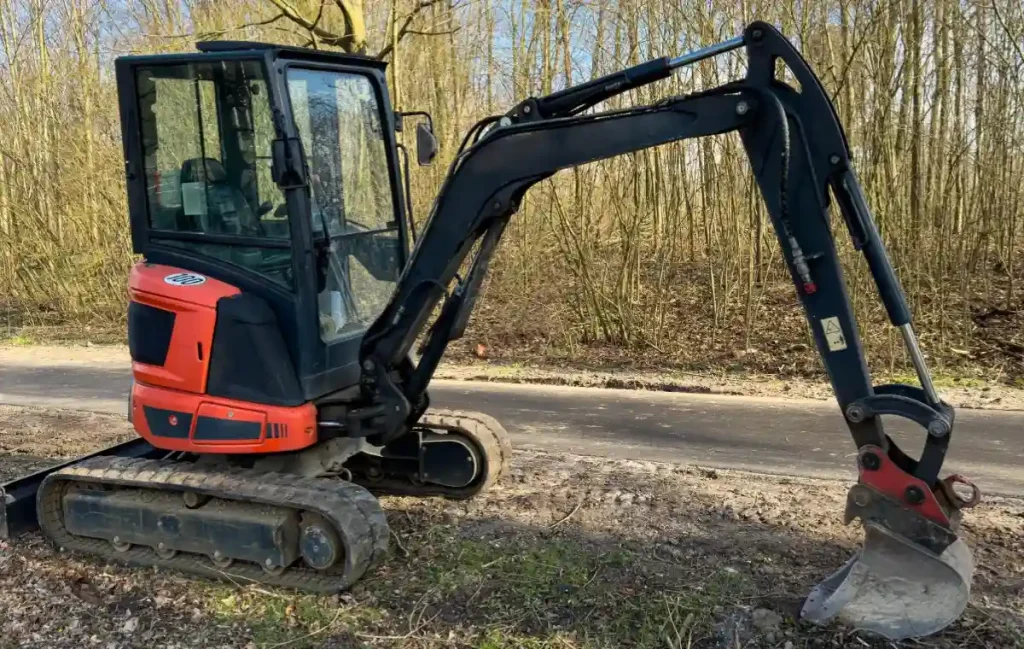
When To Use Backhoes
A backhoe is more versatile for larger sites with varied work requirements. You’ll want a backhoe if your project needs multiple tasks done throughout the day. These machines work best in the following situations.
- Your project covers multiple acres
- You have much material to handle and transport
- You need to dig and load materials
- You must drive between job sites quickly
- You’re working on medium to larger sites
When To Use Mini Excavators
Mini excavators shine when you need precision, access to tight spaces, and quick digging more than material handling. They become your best choice when:
- You work in tight spaces where movement is important
- Your project needs precise digging
- Your job site sits in urban areas with limited access
- You can move equipment with a truck and trailer
- You need to work indoors or fit through doorways
The terrain plays a huge role in your decision. Mini excavators put less pressure on the ground. This helps when working on delicate surfaces. Their tracks give them better stability on hills or slopes while wheeled backhoes might struggle there.
Cost savings depend on your project size. Mini excavators burn less fuel on smaller jobs, saving you money on limited work. Backhoes give you better value on bigger projects because they can do more tasks and need less transport.
Many builders ended up renting these machines. AOS Rentals in Victoria, TX, has mini excavators and backhoes available to rent!
Performance Differences
The performance metrics show big differences in how backhoes and mini excavators handle their tasks.
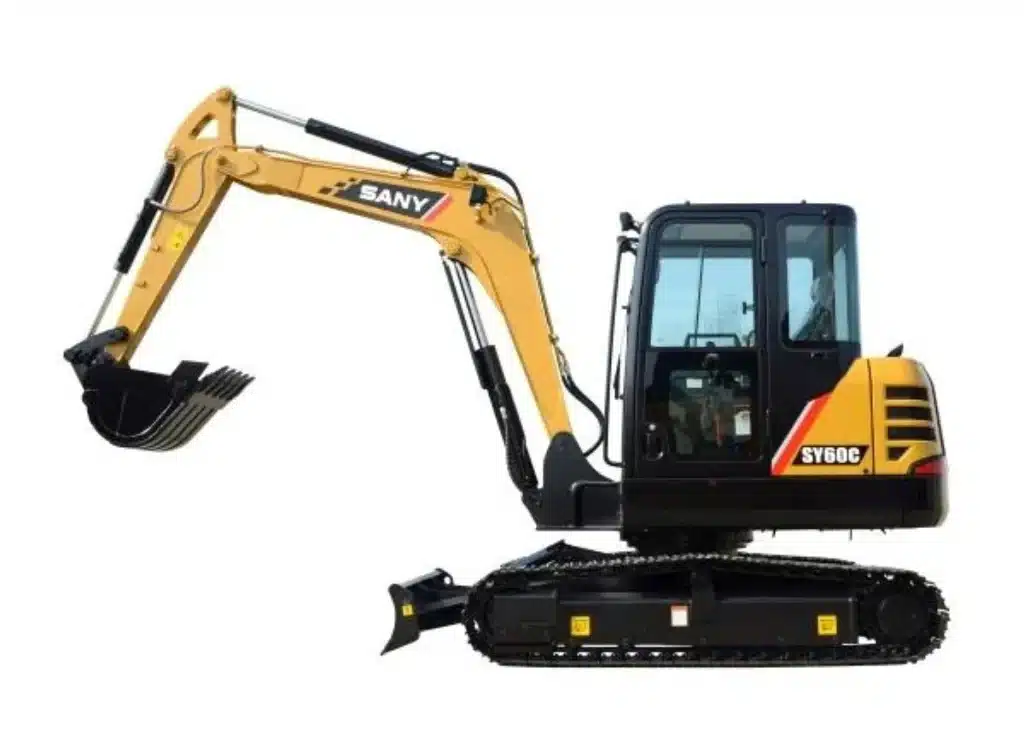
Backhoes can dig to depths of 13-15 feet, and some models reach almost 20 feet. Mini excavators match or exceed this range. Backhoes have engines that produce 70-90 horsepower. Mini excavators run on a lower 20-55 horsepower range. Mini excavators rotate a full 360 degrees. Operators can work in any direction without moving the machine. Backhoes only rotate about 200 degrees.
Looking For A Backhoe or Mini Excavator?
Many contractors rent either machine based on their project needs instead of buying equipment. AOS Rental and Services in Victoria, Texas has both backhoes and mini excavators in our construction rentals. Our dedication to keeping equipment under five years old will give you reliable performance when you need it most. We also provide support throughout your rental period.
Contact us to rent a backhoe or mini excavator!
Backhoe vs Mini Excavator FAQs
What are the main differences between a backhoe and a mini excavator?
Backhoes are machines with a front loader and rear digging arm, weighing around 15,000-16,000 pounds. Mini excavators are tracked machines focusing on precision digging, typically weighing 2,000-18,000 pounds. Backhoes offer limited rotation (200°) while mini excavators provide full 360° rotation.
When should I choose a backhoe over a mini excavator?
Choose a backhoe for larger projects that require both digging and material handling on sites spanning multiple acres. Backhoes are ideal when you need on-road mobility between job sites and have good space for maneuvering.
What are the advantages of using a mini excavator?
Mini excavators excel in confined spaces and are more fuel-efficient. They’re ideal for urban environments. Their tracked design provides great stability on various terrains.
How do the performance capabilities compare between backhoes and mini excavators?
Backhoes typically have more power (70-90 hp) and greater lifting capacity (1,500-3,500 pounds). However, mini excavators can often match or exceed backhoes in digging depth (10-20 feet) and can complete certain tasks more efficiently while using less fuel.
Are there any limitations to consider when using a mini excavator?
While mini excavators are versatile, they have lower lifting force compared to larger machines, which may limit their ability to perform heavier work. Also, their attachments aren’t universally compatible across different brands and models.





